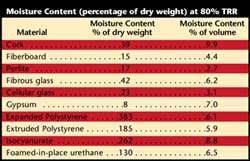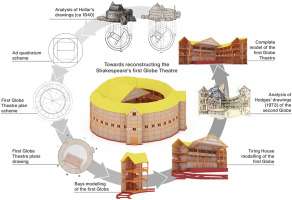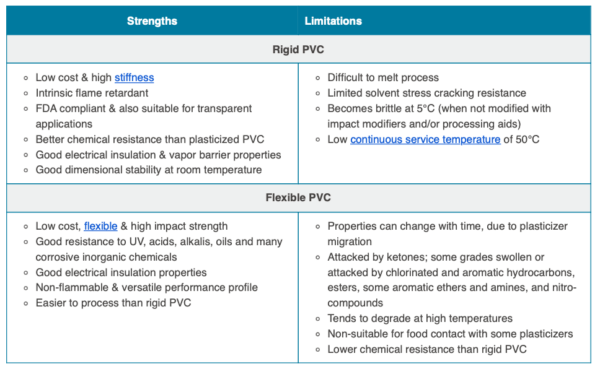Choosing the right material for your retaining wall is crucial for its longevity, effectiveness, and overall aesthetic appeal. The best material isn’t a one-size-fits-all answer; it depends on factors like the wall’s height, the soil conditions, the desired look, and your budget. Building a retaining wall requires careful consideration of these elements. This exploration will delve into various options, examining their strengths, weaknesses, and suitability for different situations. Understanding these nuances will empower you to select the most appropriate material to build a retaining wall for your specific needs.
Common Retaining Wall Materials
Several materials are commonly used in retaining wall construction, each offering unique advantages and disadvantages. Let’s explore some of the most popular choices:
- Treated Timber: A cost-effective option, especially for smaller walls. However, it’s susceptible to rot and insect damage over time, requiring regular maintenance.
- Concrete Blocks: Durable and relatively easy to install, concrete blocks offer good strength and versatility. They can be stacked to create various wall designs.
- Poured Concrete: Provides exceptional strength and longevity, making it suitable for taller and more demanding retaining walls. However, it requires specialized equipment and expertise for proper installation.
- Natural Stone: Offers a beautiful and natural aesthetic. Stone walls can be dry-stacked or mortared, depending on the desired look and structural requirements. Sourcing suitable stone can be expensive.
- Brick: A classic and attractive choice, brick retaining walls are durable and can add significant curb appeal. Proper drainage is essential to prevent damage from freeze-thaw cycles.
Factors to Consider When Choosing a Material
Selecting the ideal material involves considering several key factors:
Wall Height and Load
Taller walls and those supporting heavier loads require stronger materials like poured concrete or reinforced concrete blocks. Shorter, less demanding walls can often be constructed with timber or natural stone.
Soil Conditions and Drainage
Poorly draining soil can exert significant pressure on a retaining wall. Ensure adequate drainage behind the wall, regardless of the material chosen. Some materials, like timber, are more susceptible to damage from moisture.
Aesthetic Preferences
The visual appeal of the wall is an important consideration. Natural stone and brick offer a more rustic or classic look, while concrete blocks can be customized with various textures and colors.
Budget
Material costs can vary significantly. Timber is generally the least expensive, while natural stone and poured concrete tend to be more costly. Factor in installation costs as well.
Material Comparison Table
| Material | Pros | Cons | Best For |
|---|---|---|---|
| Treated Timber | Cost-effective, easy to install | Susceptible to rot, requires maintenance | Small, low-load walls |
| Concrete Blocks | Durable, versatile, relatively easy to install | Can look plain, requires good drainage | Mid-sized walls, various designs |
| Poured Concrete | Extremely strong, long-lasting | Expensive, requires professional installation | Tall, high-load walls |
| Natural Stone | Beautiful, natural aesthetic | Expensive, can be difficult to install | Decorative walls, natural landscapes |
| Brick | Attractive, durable | Requires good drainage, can be costly | Walls where aesthetics are important |
Ultimately, the selection of the best material to build a retaining wall hinges on a careful evaluation of your specific requirements and constraints. By considering the factors outlined above, you can make an informed decision and build a retaining wall that is both functional and aesthetically pleasing.






